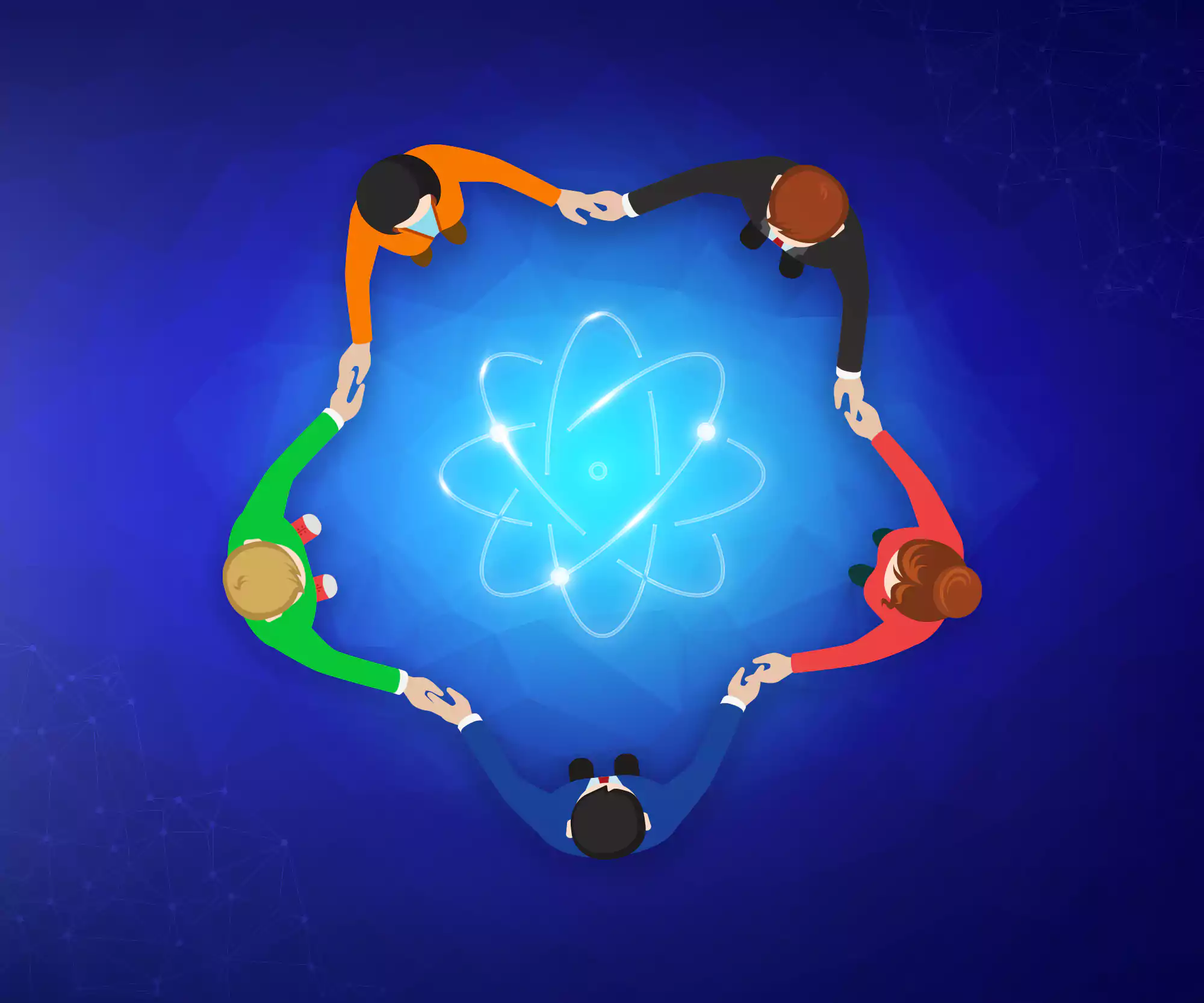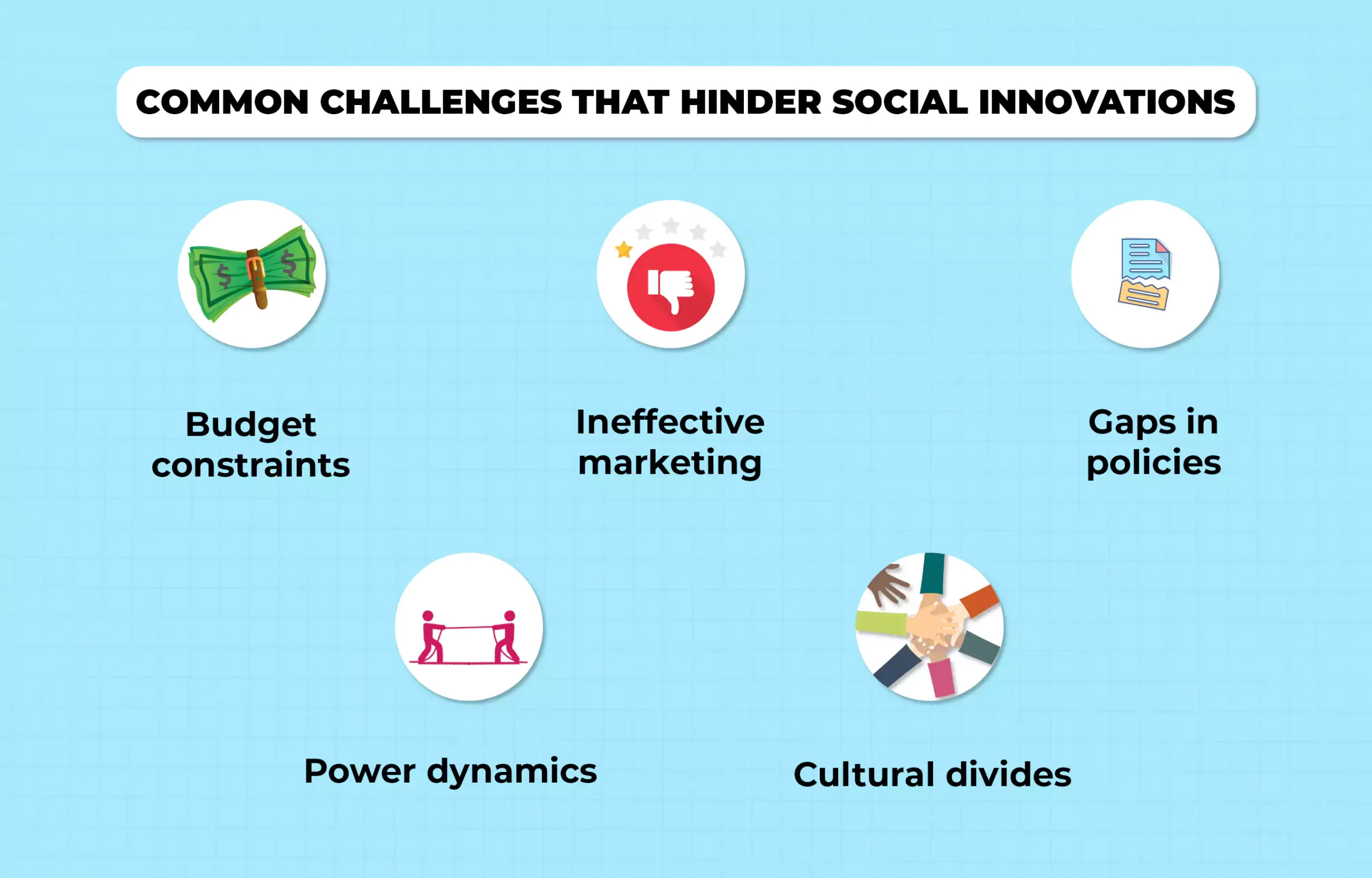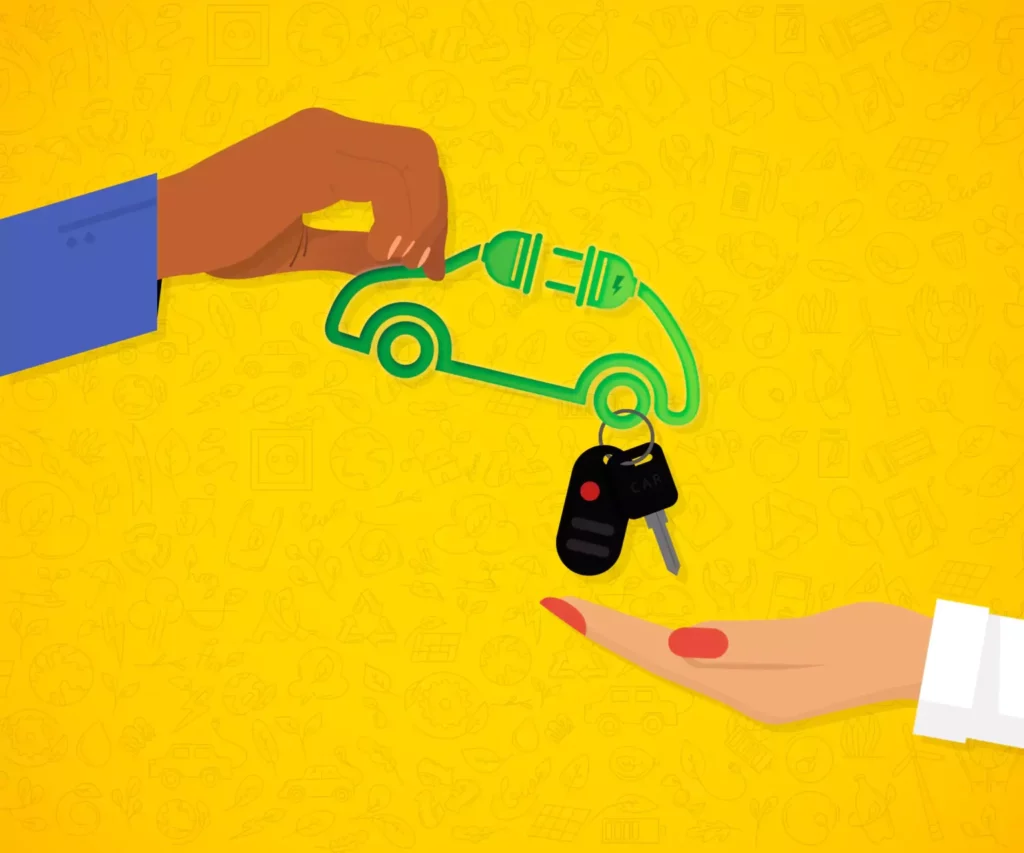
Have you ever caught one of those ‘There is hope for humanity’ compilations on YouTube? They feature men and women lending a helping hand (when they don’t have to) in creative and timely ways. They usually make another’s life easier or, in some cases, save it. You’ll be heartened to hear that those are great, yet only sparse glimpses of how humans have been coming together for the possibility of a better world. It is a phenomenon that has been around for years: social innovation. I find social innovation particularly interesting even though I, for a long while, knew very little about it. Of course, my ignorance is primarily due to the rock under which I have been living. But, as fond as I am of that rock, I think it is time I ventured out. Social innovation is about the best of humanity, and if, like me, you haven’t heard about it, it is about time now.
What do we mean by ‘social innovation’?
The forms and methods of social innovation can vary. Essentially, it boils down to one thing—ideas or activities that help improve the quality of life for people whom traditional systems sideline. Social innovation aims to address the root cause of complex problems that are social in nature rather than simply doing damage control.
Who are the social innovators?
The beauty of this innovation is that anybody can do it. It is not solely in the realm of government or corporations. Anybody who wants to help make life easier for others can contribute towards ideating and creating a slightly better world. Thus, social innovation is not only a method but also a mindset. It does not even demand that every contributor be creative and innovative. As much as the world needs people to come up with new ideas, it also needs people to carry them out and live by them.
Governments and corporations can also involve themselves by supporting these ideas, changing policy, or by engaging in Corporate Social Innovation.
The gift of Corporate Social Innovation
We know much about CSR (Corporate Social Responsibility), but Corporate Social Innovation isn’t quite the same. These tend not to be one-off projects that can often finish their requirements and leave the population they were serving neither here nor there. Instead, Corporate Social Innovation is usually a part of the primary company strategy. It’s not just the one lady in the office at the end of the hall that heads the Good Deeds Department.
Ideas often include changes in manufacturing a product that reduces its environmental impact. Alternatively, it could also involve the development of products that can help particular communities. A popular instance of this is General Electric’s low-cost incubators in India. In another form, it could involve the direct presence and support of a constant volunteer force, as in the case of IBM’s Corporate Service Corp.
Today, the demand for companies to do more for society is greater than ever before. Hopefully, this will mean more innovative ideas to help people live better.
Types of social innovation
Based on the general premise of the innovations, social innovation is classified into three types. Here is a rundown of each.
Product-based social innovation
This type of innovation focuses on the product. People find a product or lack of one causing problems and try to modify or create it accordingly. Aquaduct is an excellent example of this. Access to clean drinking water is a significant problem in many parts of the world. People, usually women, often have to walk many miles to fetch water, carry it home, and then boil it before drinking. Aquaduct is a bike that can address this problem. It has a built-in reservoir that one can fill up. Then, the pedalling motion puts the filter to work, ensuring that a second tank at the front of the bike fills with clean water by the time the rider is home.
Process-based social innovation
The second type of social innovation focuses on the process of the solution. This type of innovation could include engaging with staff, funders, and all the innovation stakeholders to smoothen the process.
One example is the paid paternity leave in Finland, which allows parents to share childcare responsibilities. Another is Rwanda’s micro-insurance policy that helps people start small businesses with a safety net under them.
Socially transformative social innovation
The final type of social innovation addresses large social systems such as inequality, stereotypes, and so on. This includes raising awareness, educating the community, and influencing public policy.
For instance, the state of California in the US has a policy requiring all publicly traded companies to have at least one woman on their board of directors. It is shocking and unsurprising how many companies had to be forced into compliance with this policy after its introduction.

Some substantial social innovations
Researching social innovations is quite a rabbit hole for those interested. It speaks to the human ability to innovate and do good when we want to. And you can find them all over the world.
- 3D-printed houses in Tabasco, Mexico, were made in 2019 to shelter homeless people. The houses were 500 sq.ft., complete with a living room, a kitchen, a bathroom, and two bedrooms. Fifty families found housing due to this collaboration between Mexican construction companies, Icon and Échale, and Californian non-profit New Story.
- Companies such as UK-based Bio-bean and Berlin-based Kaffeeform work with coffee waste worldwide. Used coffee grounds are recycled into other products and used for biogas, compost, soil conditioners, reusable utensils, and more.
- In frigid climates, light can be hard to come by during the year. So, plants do not grow as well. Artificial lighting that helps plants grow is a technology developed for people living in these climates.
- In Atlanta, USA, the city council created a “food forest” for those who need access to food. The food forest has plenty of space where people can find fresh fruit, vegetables, and nuts.
- Communal fridges have been in place since before the pandemic, open to anyone in need. These fridges act as spaces where people can either drop off or pick up food when needed. While some people have too much, others have too little. This innovation is a clever way to unite them to ensure that less food gets wasted and fewer people go hungry simultaneously. Communal fridges have also inspired the development of apps like Freedge, which can map all its associated fridges worldwide!
- In Canada, a non-profit called First Book provides books for children to read. Over 550,000 members work across North America, helping to tell stories and engage children with reading. They work in after-school and early childhood programs, shelters, clinics, classrooms, and libraries.
From housing to farming, nutrition to education, people are putting some incredible ideas into practice around the globe.
Are you ready to leave your rock?
We all live under our own rocks, which is quite understandable because news of the rest of the world is rarely to our liking. There are always people killing and dying, which can be rather disheartening. That is why things like social innovation are even more critical, as they carry the ability to spread hope. Extraordinary people are doing amazing things to try and make the world a better place. Perhaps it is time that we leave the comfort and safety of living solely within our circles and engage with the world to see what we can do to help. That could be choosing to buy and use products that have less of an impact on the environment or being willing to look for those who need help. At the very least, we can no longer claim that we didn’t know.



